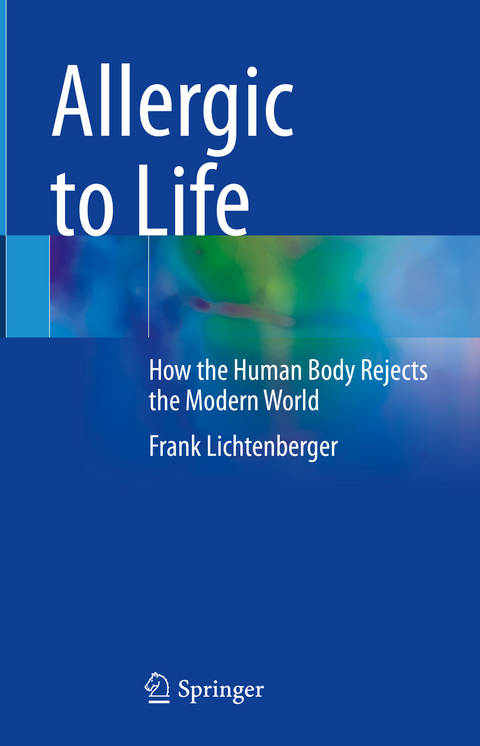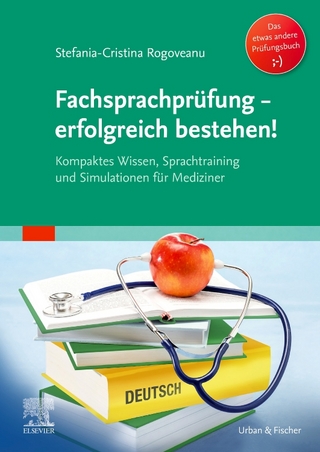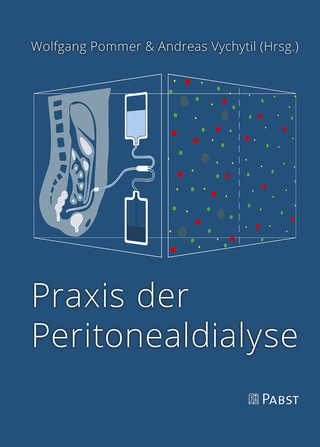
Allergic to Life
Springer International Publishing (Verlag)
978-3-031-46025-8 (ISBN)
This easy-to-read title provides a comprehensive discussion of the major changes in daily life that have led to states of increased bodily inflammation. Indeed, today there is an epidemic of allergic and autoimmune disease in the first and developing world. While outdoor climate change is now considered common knowledge, the impact of longer work hours, artificial lighting, increased food shelf life, and changes to the microbiome all have made a large impact in increasing allergies worldwide. An allergy, best defined as a "damaging response from the Immune system due to a substance in the environment," starts with warning signals, or generalized "symptoms," that are caused by something in the environment. Itching, aches, pains, swelling, coughing, and fatigue are all immune responses.
Written in an engaging -- and often humorous -- style by an allergist/immunologist, the first three chapters outline how the humanbody is in an unquestionably harmful environment, and that, in general, the immune system is just doing its job. In subsequent chapters, the specific topics contributing to allergies are covered in detail, starting with microorganisms and a focus on indoor living. Dust mites, for example, are addressed in one full chapter -- and for good reason. The past few decades have seen an explosion of climate controlled, humidified indoor airspace that is ideally suited for more mass production of mites.
In the end, emphasizes the author, all roads of inflammation from the environment lead to the "mast cell compartment." The stress responses of the body summarily drive up this compartment and have led to a world-wide prevalence of between 14% to 17% of "mast cell activation syndrome." While genetics and comorbid conditions are important in any symptom or disease process, the mast cell compartment feeds and grows off all the major environmental changes of the past 50 or so years. This is why the human body in the 21st century is in a low level state of "rejection," of the world, says the author. Most of these changes are irreversible, but the situation is not hopeless. Understanding how the body changes itself in response to its environment will allow controlled desensitization to the environment. Allergic to Life: How the Human Body Rejects the Modern World serves as a concise and lively text for clinicians and general readers interested in a deep, expert dive into the world of allergy and immunology.
lt;p>Author Bio - Dr. Frank Lichtenberger MD, PhD
Gratitude. This is the one-word Dr. Lichtenberger uses to
describe his life and every step along the journey so far. He developed a
strong interest in medical research and a scientific career from a very early
age. He attended The Ohio State University College of Medicine in the
Physician-Scientist Training program. Earing his PhD in Immunology by
researching the influence of chronic inflammation in the lung. From Internal
Medicine Residency Training at University of Texas Southwestern, he moved on to
Fellowship training at the National Institutes of Health. Had the good fortune
to study under Dr. Dean Metcalfe MD, Dr. Melody Carter MD, and some of the other
leading minds in the Laboratory of Mast Cell Biology.
Starting Clinical Practice in 2011, he maintained an
interest in the complexity of cases in Mast Cell Diseases, as well as Primary
Immunodeficiency. Less than a decade from starting his clinic from scratch, it
has become one of the largest and best regarded in Immunology outside of a
University or Medical School. Dr. Lichtenberger's clinic has been awarded
"Center for Excellence" Designation in the treatment of Mast Cell Diseases, and
he is principle investigator in Industry Funded research on pathways to better
diagnose Mastocytosis. He has also presented research nationally on the use of
colchicine to treat side effects of Immunoglobulin treatment, a practice now
adopted Nationally. Also, has published on the identification of repurposed
biomarkers for the identification of fungal gut overgrowth. He has chosen not
to patent any of his original research, to facilitate the adoption of use.
A Resident of North Carolina, that is kept busy with his two
children Clara and Eleanor, and wife April. They enjoy the natural beauty of
the local area, but most importantly spending time together.
Preface: Concerning humans.- Introduction: We're not supposed to be here.- A Strange New World, Same Old Humans.- Mechanisms of Rejection.- House Dust Mites.- The Human Ecosystem.- Humans are What We Eat (Quantity v Quality).- It's About Time to Eat.- Indoor/Outdoor Air Quality.- Human Social Interactions.- The Human Brain Input/Output.- The Adjustment Mechanism of the Body: Mast Cell.- Desensitize from the World.
| Erscheinungsdatum | 30.11.2023 |
|---|---|
| Zusatzinfo | XIV, 179 p. 22 illus., 21 illus. in color. |
| Verlagsort | Cham |
| Sprache | englisch |
| Maße | 155 x 235 mm |
| Gewicht | 450 g |
| Themenwelt | Medizin / Pharmazie ► Medizinische Fachgebiete |
| Schlagworte | Allergic • allergy • dust mites • Immune • itching • Mast Cell • microorganisms |
| ISBN-10 | 3-031-46025-1 / 3031460251 |
| ISBN-13 | 978-3-031-46025-8 / 9783031460258 |
| Zustand | Neuware |
| Haben Sie eine Frage zum Produkt? |
aus dem Bereich


